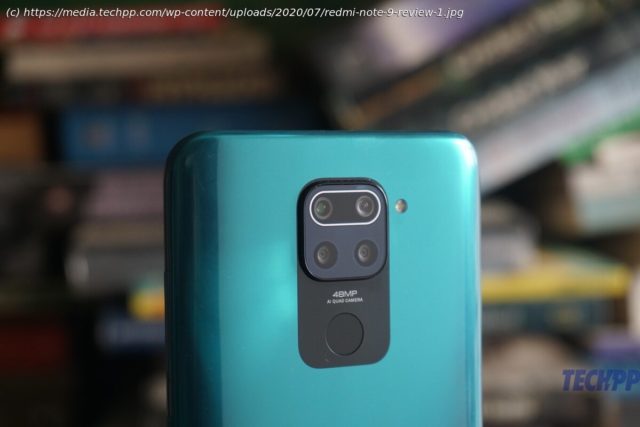It may not have the sort of features that the Note 9 Pro and the Note 9 Pro Max have. But the „plain“ Redmi Note 9 more than compensates with an affordable price tag and rock-solid performance.
In the beginning, there was the Redmi Note. And it became a bestseller and people loved it. Then it got a Pro sister which had better features and a slightly higher price tag. And then, the Pro got a Max brother which again was slightly better than the Pro. An S cousin also dropped in for a while. And in all of this Pro-ing and Pro-Maxing, the original Redmi Note was pretty much reduced to being the Note without any suffixes and with the least powerful specs and the most affordable price tag. It was not the one with the most powerful cameras and chips, but it just delivered fantastic value for money, with its “few frills, great functioning” approach. You get the idea. The Redmi Note series has seen itself expand into a family of sorts over the past three years or so, with a Pro and a Pro Max being added to the line (we expect a simple Max to join the club at some stage). But the “plain” Note continues to play a key role in its success, being the most affordable of the series that sticks to its core philosophy of maybe missing out on flashy features but doing the basics very well indeed. For quite a while, it actually was the Note that was available at less than Rs 10,000, but that changed with the Note 8. But the Note still, all said and done, remained the solid, affordable option of Redmi’s bestselling series. It has been released quite a while after the Note 9 Pro and 9 Pro Max, but the Note 9 continues that tradition. Table of Contents: In terms of design, the Note 9 follows the broad template of its Pro and Pro Max predecessors, although there are some slight tweaks. The most notable of these is the placement of the front camera and the fingerprint sensor. The Pro and the Pro Max had the selfie camera in a punch hole notch on the top center of the display, the Note moves it to the left corner (Redmi calls it a “Dot Display”). Similarly, while the Pro and Pro Max had the fingerprint sensor on the side of the phone (the best place for it to be, we insist), also acting as a power/unlock button, the Note 9 moves it to the back, just below the Wall-e like square quad-camera unit, although it kind of blends it into the camera set-up. In terms of size, the Redmi Note 9 is slightly smaller and lighter than the Pro and Pro Max but is cut from the same style cloth. It has Gorilla Glass 5 on front and back and has the same Aura Balance design that we saw in other Notes, although our Aqua Green unit seemed a little less shiny. Not that we mind. It is a smart enough looking phone, and very solidly built if a little on the large and slightly heavy side (200 grams).





